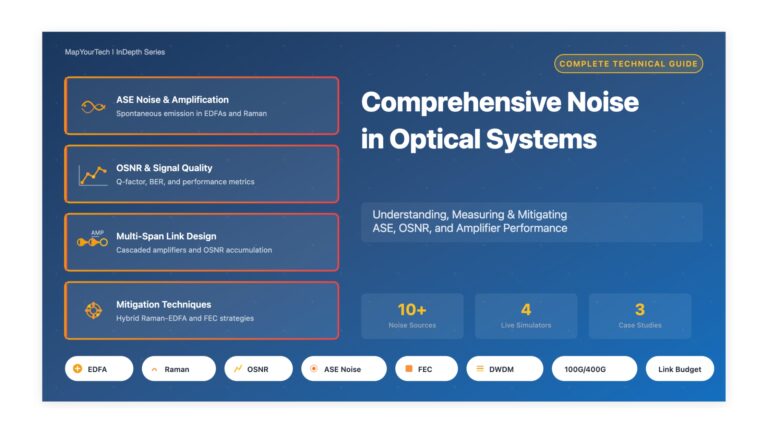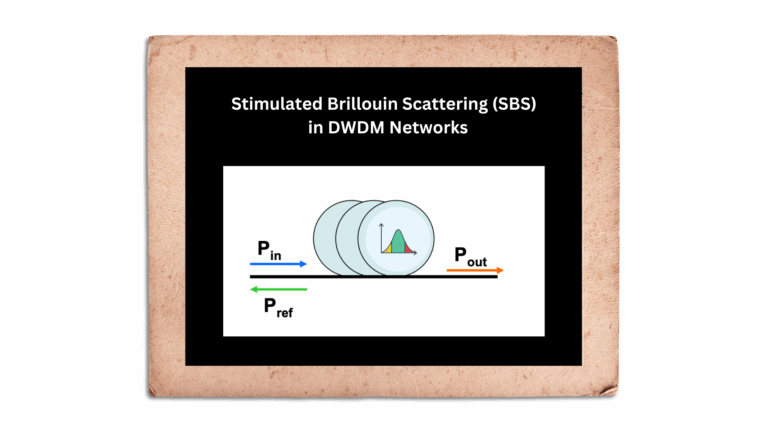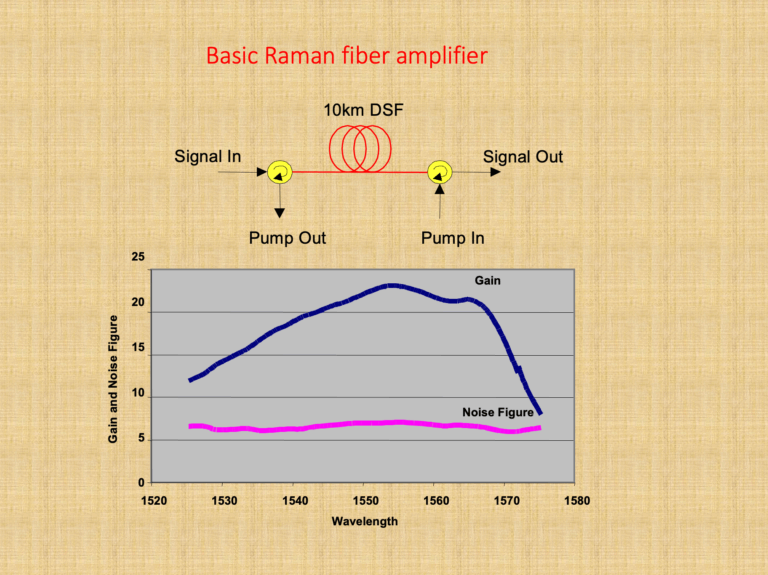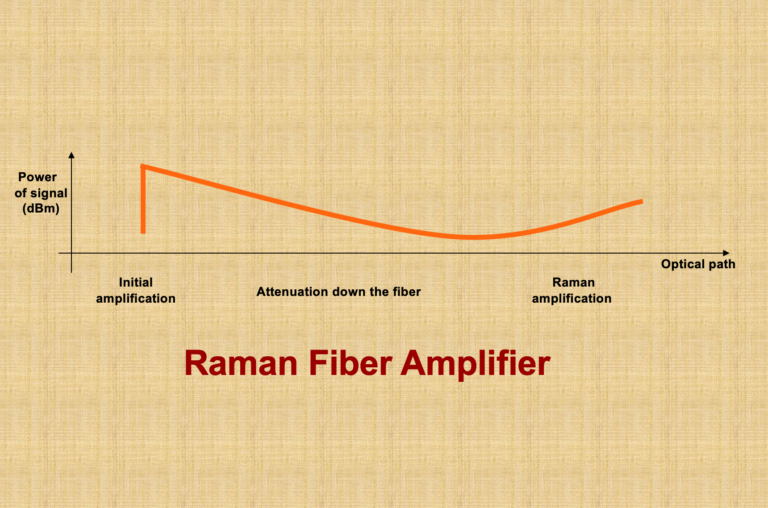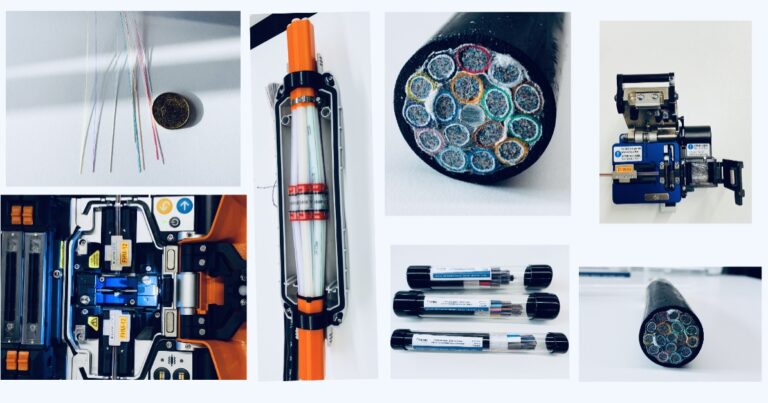HomePosts tagged “Raman Amplifier”
Raman Amplifier
Showing 1 - 6 of 6 results
Noise in Optical Systems – Complete Guide Noise in Optical Systems A Comprehensive Professional Guide to Understanding, Measuring, and Mitigating...
-
Free
-
December 21, 2025
Stimulated Brillouin Scattering (SBS) is an inelastic scattering phenomenon that results in the backward scattering of light when it interacts...
-
Free
-
March 26, 2025
In the context of Raman amplifiers, the noise figure is typically not negative. However, when comparing Raman amplifiers to other...
-
Free
-
March 26, 2025
A: A Raman amplifier is a type of optical amplifier that utilizes stimulated Raman scattering (SRS) to amplify optical signals...
-
Free
-
March 26, 2025
RAMAN fiber links are widely used in the telecommunications industry to transmit information over long distances. They are known for...
-
Free
-
March 26, 2025
Background Information The Raman amplifier is typically much more costly and has less gain than an Erbium Doped Fiber Amplifier (EDFA)...
-
Free
-
March 26, 2025
Explore Articles
Filter Articles
ResetExplore Courses
Tags
automation
ber
Chromatic Dispersion
coherent optical transmission
Data transmission
DWDM
edfa
EDFAs
Erbium-Doped Fiber Amplifiers
fec
Fiber optics
Fiber optic technology
Forward Error Correction
Latency
modulation
network automation
network management
Network performance
noise figure
optical
optical amplifiers
optical automation
Optical communication
Optical fiber
Optical network
optical networking
Optical networks
Optical performance
Optical signal-to-noise ratio
Optical transmission
Optical transport network
OSNR
OTN
Q-factor
Raman Amplifier
SDH
Signal amplification
Signal integrity
Signal quality
Slider
submarine
submarine communication
submarine optical networking
Telecommunications
Ticker

